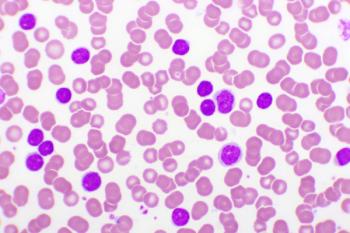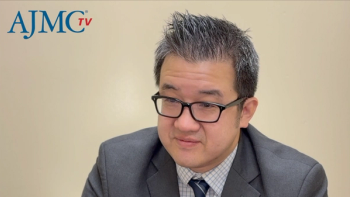
Stakeholders Weigh-in on Payment Reform in Cancer Care
Tuple Health, a healthcare technology startup, interviewed some of the stakeholders participating in value-based care delivery and OCM, to gain their perspective of the state of cancer care and healthcare reform. The results were presented at the Community Oncology Alliance Payer Exchange Summit on Oncology Payment Reform.
When the Oncology Care Model (OCM) program was announced by CMS in early 2016, 196 practices and 17 payers signed on to participate in the 5-year program—per the
“Our focus, with these interviews, was on practice variability, stakeholder perception of value/risk, and the transformation process, Roschuni said.
Considerations for practice variation included factors such as the practice size and scope, geography, patient population, all of which influence structural capacity of a practice, according to Roschuni. The biggest influencer, they found, was a practice’s previous experience in delivering value-based care.
Roschuni pointed out that prior experience is more important than practice size. “The general sense is that the OCM design is meant for larger, more advanced practices. But each practice has its own struggles, and there’s really no average OCM practice” she emphasized.
Tuple Health categorized the surveyed OCM-participating practices into 4 main types, with their qualitative performance predicted based on their experiences.
- The dubious participant. These practices decided to participate in OCM based on hearsay, Roschuni explained and they “picked OCM over MIPS.” These practices, the survey found, are technically still functioning within a fee-for-service structure and are struggling with value-based care.
- The reluctant participant. This category of practices participated in the OCM because they may have 1 value-based care champion on their team. These practices have little or no previous experience with value-based care.
- High-expectations participant. These practices have some experience delivering value-based care, including multi-payer demonstration projects and the Oncology Medical Home. They carry a sense of high perceived self-efficacy.
- The pathway participant. These practices are very focused on improving the patient experience and have previous experience with value-based care delivery.
Perceptions of Value and Risk
The survey found a wide variation in value perceptions.
- For community practices, value is perceived as quick, convenient, low-cost quality care. “These practices tend to tie risk to things ‘beyond their control,’ such as drug cost,” Roschuni said.
- For patients, the location of their site of service is important, as are care coordination and physician competence.
- For payers, cost savings based on the site of service is extremely valuable, but within the sphere of the cost of inflation and drug costs, Roschuni said.
- For the pharmaceutical industry, innovation holds immense value.
The survey found surprising similarity in stakeholder perception of risk. “Risk is compounded by cost inflation within the pharmaceutical industry,” Roschuni explained. An example of this is that practices are holding their oncologists responsible for the total cost of patient care, which includes drug costs.
“Another risk is of adverse patient selection because payers have not yet developed robust risk-adjustment methods for their payment models,” Roschuni added.
Transformation
Speaking to stakeholder transformation to adapt to the world of value-based care, Roschuni highlighted the fact that it requires a spectrum of activities—it is not a single event. A major learning from the survey was the importance of physician buy-in—a fact that was reiterated by several participants at this year’s meeting.
“Extending a practice’s influence requires network development and an expanded scope of the practice’s service,” Roschuni said, adding that practices often find it easier to expand their network and develop partnerships with other healthcare delivery clinics. However, neither expanded scope of service nor network expansion are accounted for under the current iteration of OCM, Roschuni concluded.
Newsletter
Stay ahead of policy, cost, and value—subscribe to AJMC for expert insights at the intersection of clinical care and health economics.









































